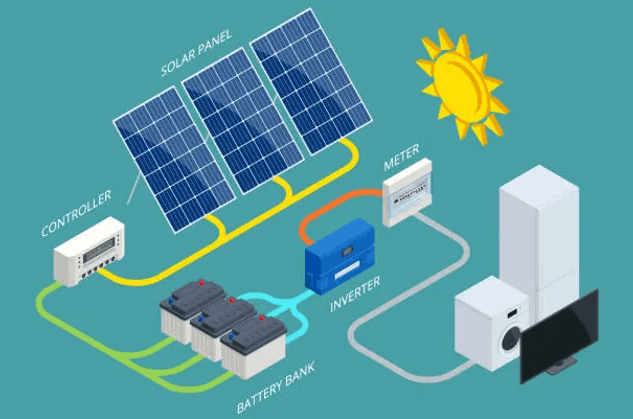The float life of a lead-acid battery refers to its lifespan while operating in a state of float charging, where the battery is maintained at a constant voltage to keep it fully charged. Temperature can have a significant impact on the float life of lead-acid batteries.
- Accelerated Aging: High temperatures can accelerate the aging process of lead-acid batteries. When a battery is kept at elevated temperatures for an extended period, chemical reactions within the battery occur at a faster rate. This accelerated chemical activity can lead to increased degradation of the battery’s internal components, including the electrodes and electrolyte, reducing the battery’s float life.
- Water Loss: In flooded lead-acid batteries, high temperatures can lead to increased water loss through evaporation. As water evaporates from the electrolyte, the concentration of sulfuric acid increases, which can accelerate corrosion and sulfation of the battery plates. This can shorten the battery’s float life by reducing its capacity and increasing internal resistance.
- Corrosion and Grid Growth: Elevated temperatures can promote corrosion of the battery’s lead plates and cause grid growth, where the lead plates expand due to increased chemical activity. Corrosion and grid growth can degrade the structural integrity of the battery and lead to internal short circuits, reducing its float life.
- Reduced Performance: High temperatures can decrease the efficiency of the battery’s chemical reactions, leading to reduced capacity and overall performance. This can result in the battery’s inability to maintain a proper state of charge during float charging, shortening its float life.
- Cold Temperature Effects: While high temperatures can have detrimental effects on float life, extremely low temperatures can also impact lead-acid battery performance. Cold temperatures increase the internal resistance of the battery, reducing its ability to accept and deliver charge efficiently. This can lead to undercharging during float charging, which may decrease the battery’s float life over time.
To maximize the float life of lead-acid batteries, it’s essential to operate them within the manufacturer’s recommended temperature range and provide proper temperature control measures, such as ventilation and thermal management, to prevent excessive heating. Additionally, regular maintenance, including monitoring electrolyte levels and ensuring proper charging voltages, can help mitigate temperature-related issues and prolong the float life of lead-acid batteries.


